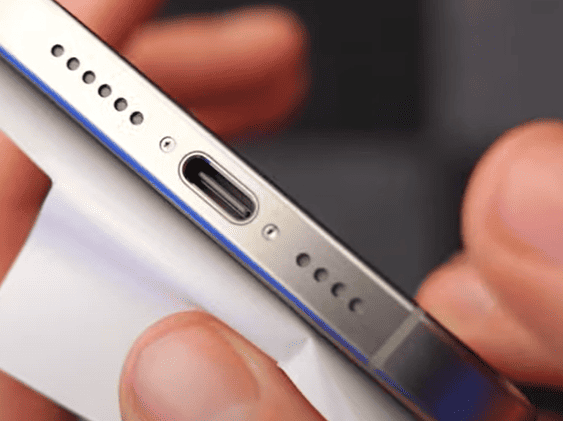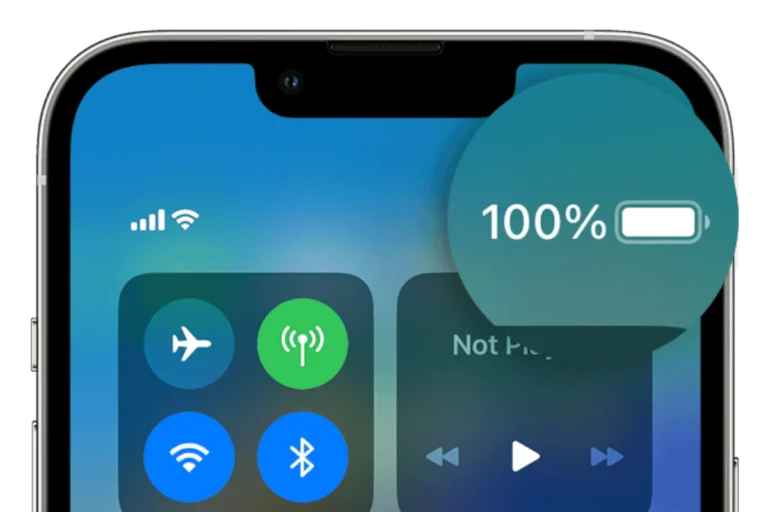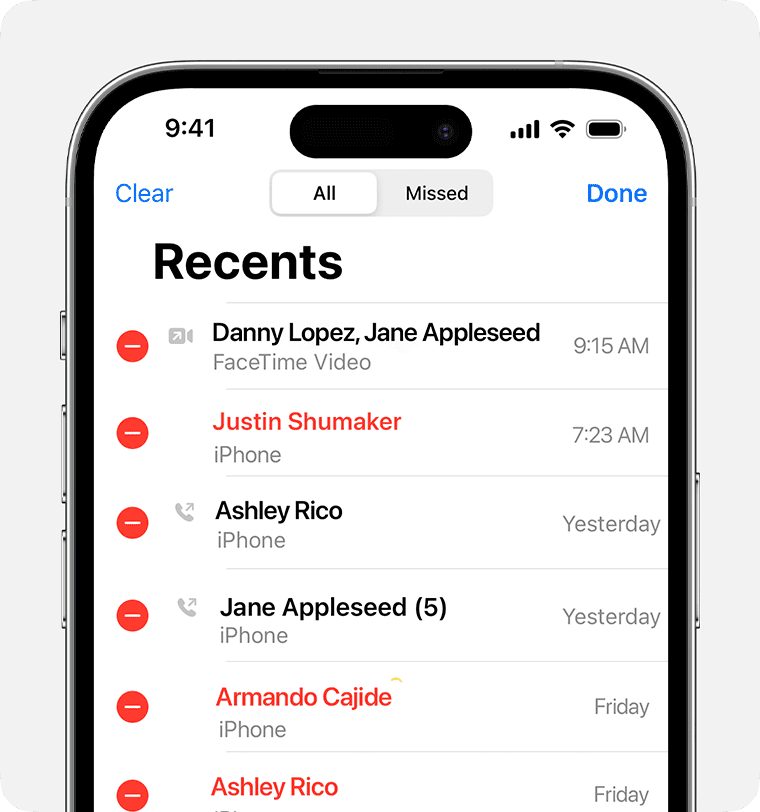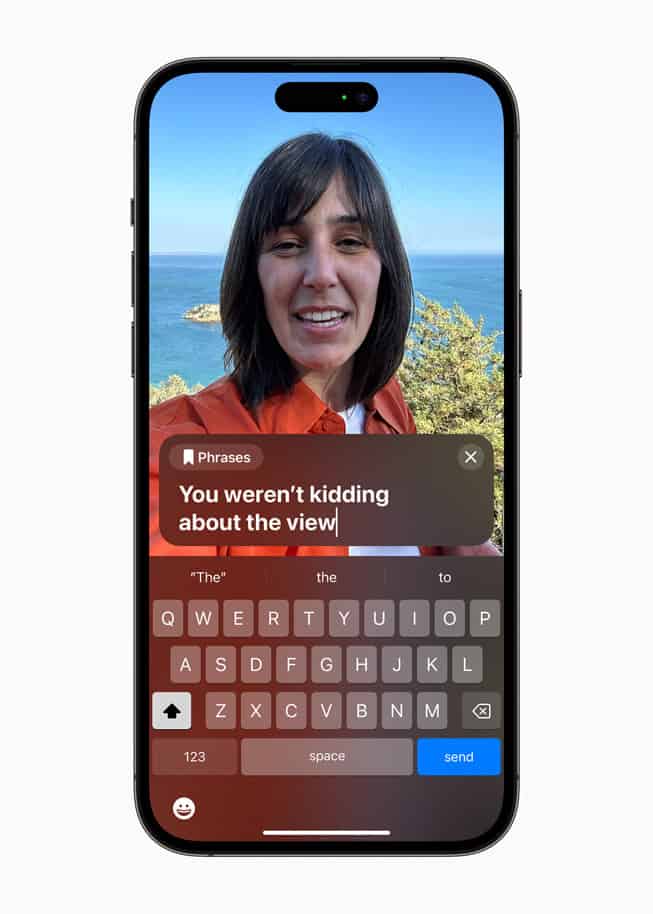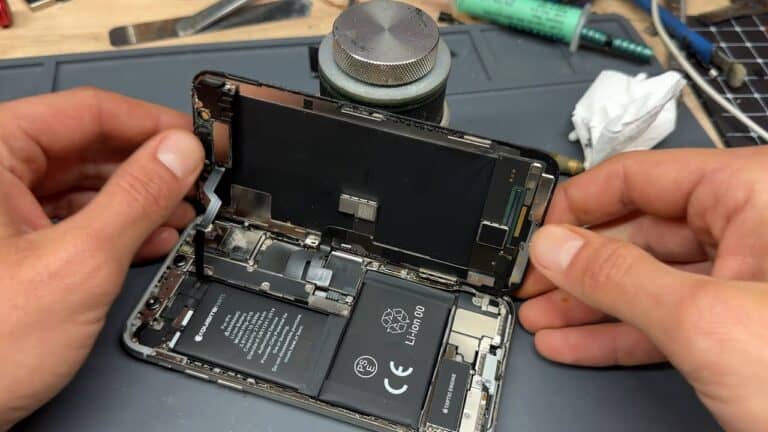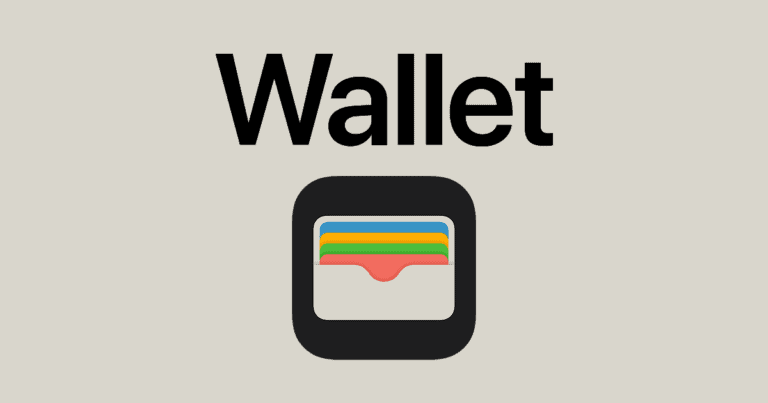Charging an iPhone 15 in a car is simple once the right setup is in place. You can power the device by connecting a USB-C cable to a built-in port, using a car charger in the 12V socket, or placing it on a supported wireless charging pad. Each option works as long as the accessories are compatible with Apple’s standards.
Many newer cars already include USB-C ports, but older models may require a car charger adapter. Wireless charging is also becoming more common, though alignment on the pad matters for steady power. Choosing the correct method depends on the car’s features and the type of charger available.
Knowing how to connect the iPhone 15 properly prevents wasted time and helps maintain battery health. With a reliable charger and a clear understanding of the options, anyone can keep the phone powered during commutes or long trips.
How to Charge Your iPhone 15 in Your Car (USB‑C Edition)
The iPhone 15 lineup is Apple’s first to use USB‑C instead of Lightning. This means your charging setup in the car may need an update. Here’s everything you need to know to keep your iPhone powered up on the road.
🔌 Option 1: Use Your Car’s Built‑In USB‑C Port
- Many newer cars come with USB‑C charging ports.
- Simply plug your iPhone 15 into the port using the USB‑C to USB‑C cable included with your phone.
- This is the most efficient and reliable way to charge.
✅ Best for: Fast, direct charging with no adapters needed.
🔌 Option 2: Use a Car Charger with USB‑C Output
If your car doesn’t have a USB‑C port:
- Buy a 12V car charger (plugs into the cigarette lighter socket) with USB‑C Power Delivery (PD) support.
- Plug the charger into the socket.
- Connect your iPhone 15 with a USB‑C to USB‑C cable.
👉 Look for chargers that support at least 20W PD for fast charging.
🔌 Option 3: Use Older USB‑A Ports
Some cars only have USB‑A ports (the older, rectangular type).
- Use a USB‑A to USB‑C cable (not included with iPhone 15).
- Charging will work, but it will be slower compared to USB‑C PD.
🔌 Option 4: Wireless Charging in the Car
If your car or mount supports Qi wireless charging:
- Place your iPhone 15 on the wireless charging pad or mount.
- Charging will begin automatically.
⚠️ Note: Wireless charging is slower than wired USB‑C PD, and some car pads may not support iPhone 15’s full charging speed.
⚡ Charging Tips for iPhone 15 in the Car
- Use quality accessories: Cheap cables or chargers can damage your phone or charge slowly. Stick to MFi‑certified or reputable brands.
- Avoid overheating: Don’t leave your iPhone in direct sunlight while charging in the car. Heat can damage the battery.
- Check wattage: For fast charging, use a charger that supports 20W or higher PD output.
- Keep a backup cable: Carry a USB‑A to USB‑C cable if you often switch between older and newer cars.
🏆 Final Thoughts
Charging your iPhone 15 in the car is simple with the right setup:
- Best option: USB‑C PD car charger or built‑in USB‑C port.
- Backup option: USB‑A to USB‑C cable (slower).
- Convenience option: Wireless charging pad.
With USB‑C, you’ll get faster and more efficient charging compared to older Lightning setups—just make sure you’re using a charger that supports Power Delivery for the best results.
Key Takeaways
- Multiple charging options exist in most cars
- Using the correct cable or adapter ensures safe charging
- Proper setup helps maintain steady power and battery health
Frequently Asked Questions
Charging an iPhone 15 in a car depends on the type of charger, cable, and port being used. Power output, compatibility, and safety features all play a role in how well the phone charges while driving.
What is the most efficient way to charge an iPhone 15 in a car?
The most efficient method is to use a USB-C car charger that supports Power Delivery (PD) with at least 20W output. This setup provides fast charging and is designed for the iPhone 15’s USB-C port. Wireless charging pads can work but are slower and less reliable if the phone shifts during driving.
Can I use my car’s USB port to charge my iPhone 15, and is it safe?
Yes, most built-in car USB ports can charge an iPhone 15, but many output less than 10W. This results in slow charging, especially if the phone is running apps like navigation. It is safe to use, but for faster charging, a dedicated USB-C PD car charger is better.
Are there any specific car chargers recommended for the iPhone 15?
Chargers with USB-C PD support and at least 20W output are recommended. Multi-port models can charge more than one device at once. Options like the WODENTA and LISEN chargers, as noted in reviews, provide fast charging and safety features.
How can I tell if my iPhone 15 is charging properly in the car?
The charging icon, a lightning bolt inside the battery symbol, shows on the screen when connected. If using fast charging, the battery percentage should increase steadily, even while running apps. If the percentage stays the same or drops, the charger may not provide enough power.
What should I do if my iPhone 15 is not charging in the car?
Check the cable and port for dust or damage. Try a different cable or plug the charger into another port if available. If the phone still does not charge, the car’s port may not deliver enough power, and a higher-wattage car charger may be needed.
Does charging my iPhone 15 in the car affect the car’s battery or electrical system?
When the engine is running, the alternator powers the charger, so it does not strain the car battery. If the engine is off, charging the phone for long periods can drain the battery. Modern cars are designed to handle light loads like phone charging without issue.

